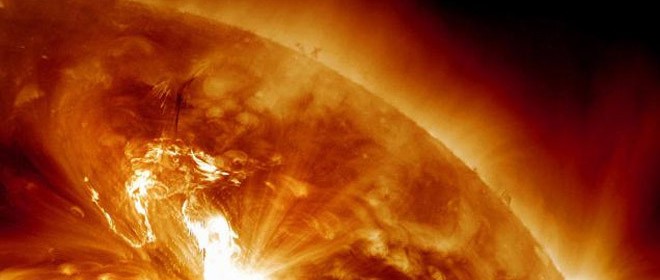Our sun’s hotter sister

Stars are not born alone. Rather, they emerge from clouds of gas and dust in groups of up to 10,000, then slowly scatter through space. For the first time, astronomers have identified a star that came from the same solar nursery as our sun, some 4.5 billion years ago. This stellar relative—located 110 light-years away in the constellation Hercules—is hotter and about 15 percent larger than our sun, and has no observable planets orbiting it.
Finding and mapping these solar siblings could offer insights into the Milky Way’s evolution and provide clues to why our solar system is hospitable to life. Because every star-forming cloud has a different chemical composition, astronomers look for stars with the same makeup as a way to group families. In this case, they studied 30 stars previously identified as possible solar kin, then reconstructed their paths through space. Only one matched. “If you track their orbits back in time and find where they intersect,” astronomer Ivan Ramirez of the University of Texas at Austin tells the Los Angeles Times, “we can finally see in what part of the galaxy our sun was born.”

 Print
Print